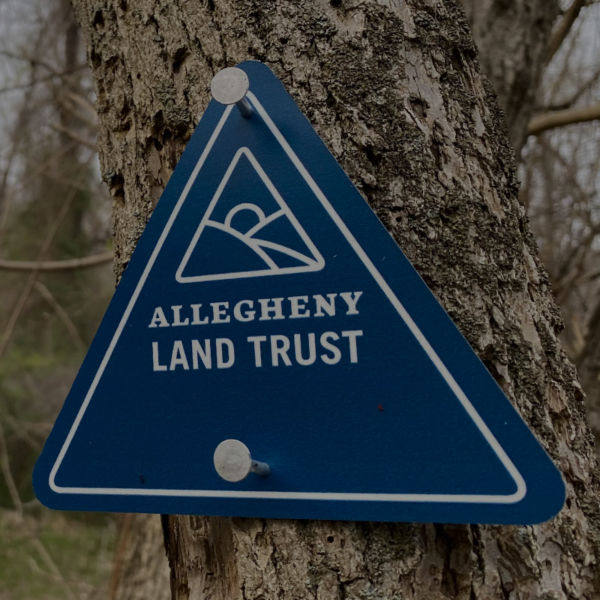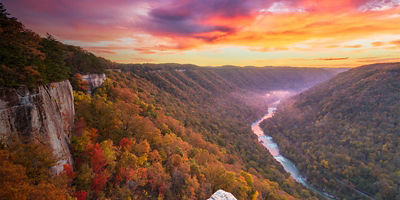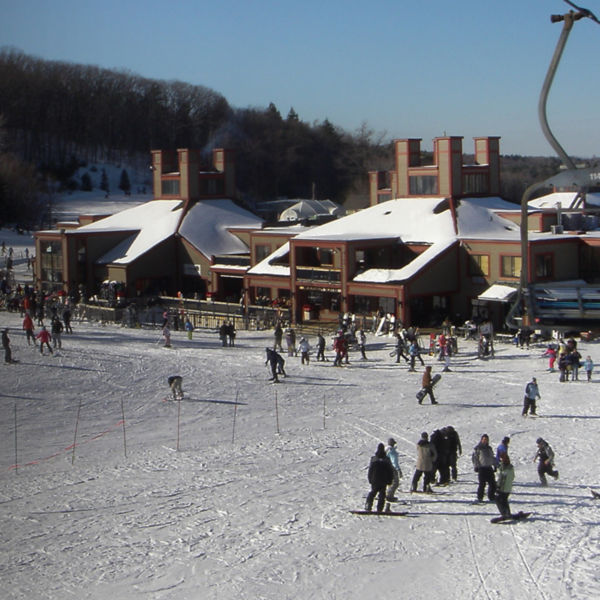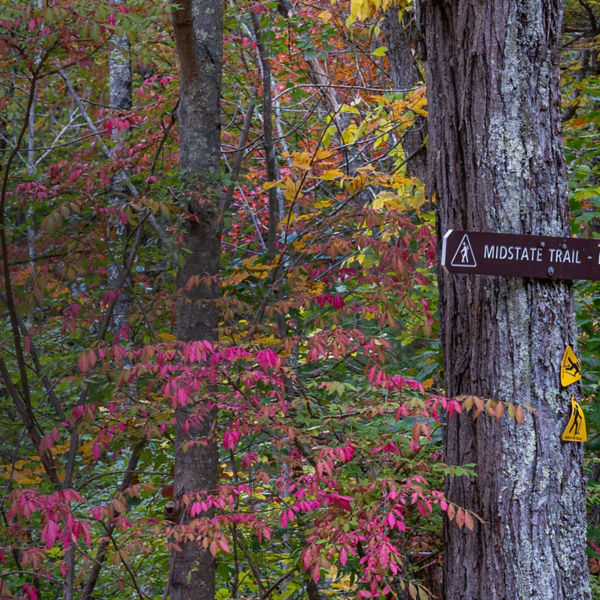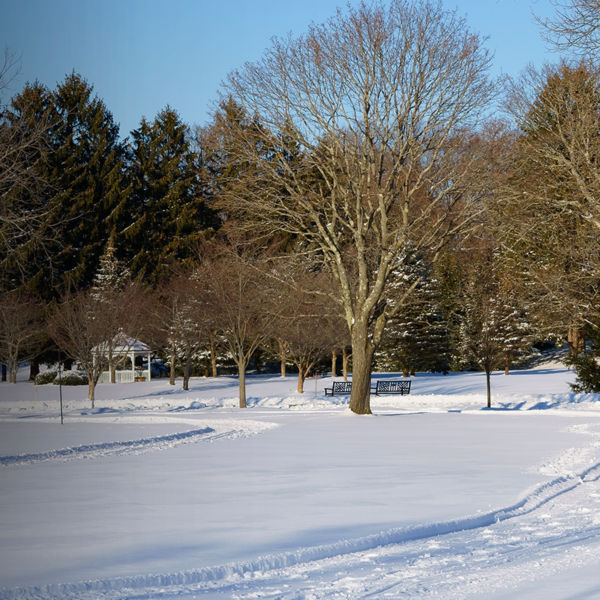
Picture Vermont, and you probably envision the Green Mountains. The state’s official nickname, after all, is The Green Mountain State, for the hardwood forests, quiet ponds, and rocky-topped peaks of this iconic range. Its line of 3,000-foot-plus summits runs for 250 miles north-south across the state, smothered with maples, beeches, and birches that turn the mountainsides an electric mosaic of color come fall. The country’s oldest distance-hiking trail, the Long Trail, traverses its ridgelines, as does the Appalachian Trail. Besides shady forest and mountaintops capped with alpine tundra, you’ll also find burbling trout streams, marshy wetlands, alpine sedge, and stony cliffs throughout the Greens.
Much of the range is protected by the Green Mountain National Forest, a roughly 400,000-acre expanse that includes eight Wilderness areas (Big Branch, Breadloaf, Bristol Cliffs, George D. Aiken, Glastenbury, Joseph Battell, Lye Brook, and Peru Peak). It’s a paradise for hiking, cycling, fishing, camping, and skiing—no wonder it’s one of the Northeast’s most beloved ranges.
Field Guide
The Northern hardwood forest is a star attraction in the Green Mountains, particularly when fall foliage dominates the landscape. The color show is due to the mix of trees on the lower slopes, including sugar maple, hemlock, American beech, and yellow birch. As you go up in elevation, the forest transitions into conifers like red spruce and balsam fir. On the highest peaks, you’ll find rare patches of open meadow and alpine tundra.
The mix of ecosystems in the Greens provides habitat for all kinds of wildlife. Moose favor wetlands, while peregrine falcons nest on high cliffs. Black bears roam the woods, beavers build lodges and dams along the creeks, and loons glide on the ponds. Peek under a streamside rock, and you might find a number of different species of salamander.
Human History
Members of the Western Abenaki and Mohican tribes have called this area home for at least 10,000 years. They visited the mountains for hunting and gathering, and the high peaks held special spiritual significance. European colonists settled throughout the region in the 1700s, leaving their own historic structures behind—the Greens still hold the remains of farmsteads, mills, schools, and stone walls. Two fire lookouts from the 1920s and ’30s still stand on Glastenbury and Stratton mountains, built to scan for blazes during the era of unregulated logging.









